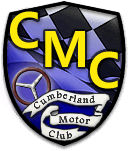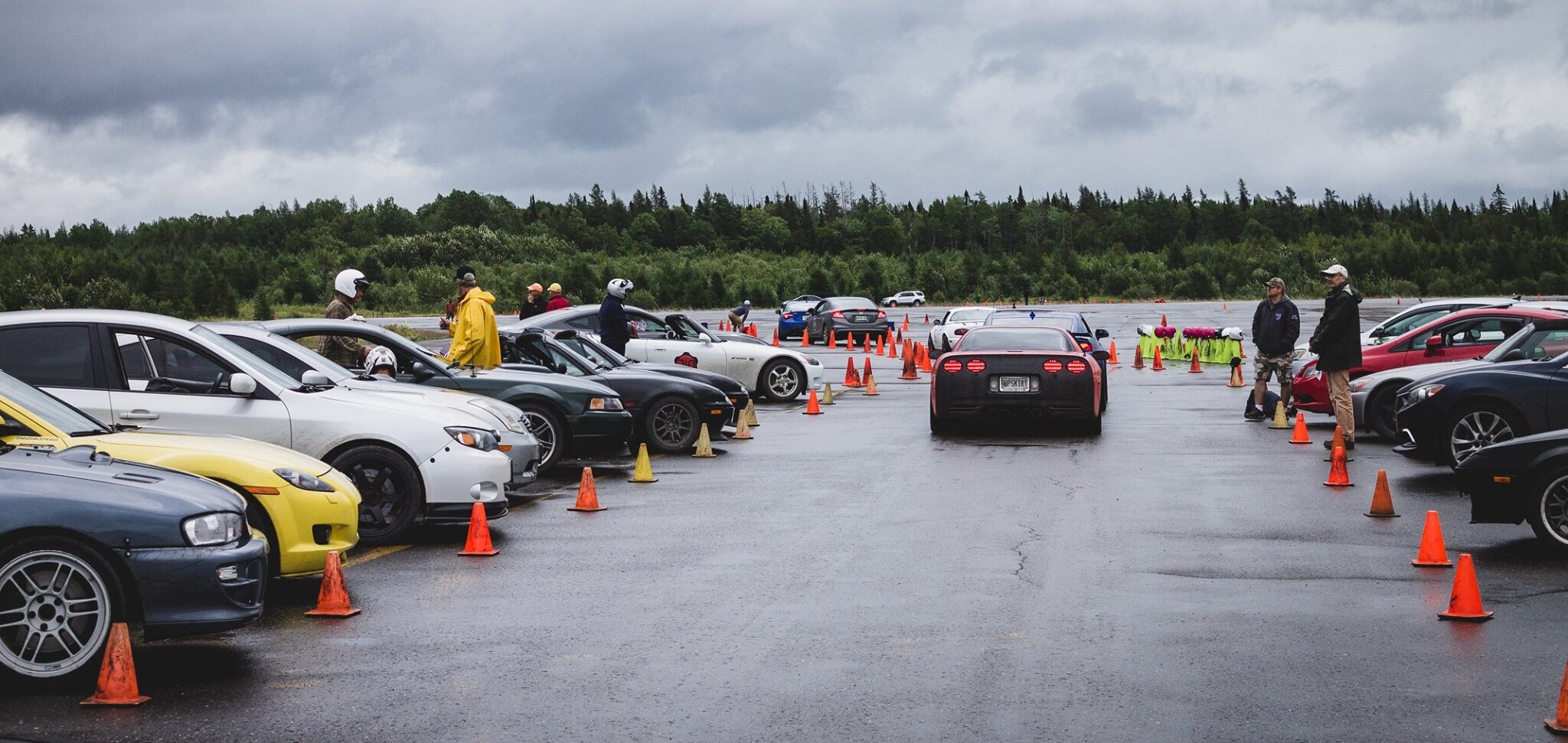Regions with methanol kart participation should have a large water spray bottle or 5 gallon water pails on hand in the grid area in case of fire, and each Karting competitor must have a fire extinguisher or 5 gallon pail of water in his or her paddock area. Water is considered the most effective extinguisher for alcohol due to its diluting properties. Extinguishers rated for burning liquids will work fine but do not dilute alcohol as well.
The Tech Inspection of Solo 2 Karts is treated the same as that for cars. The main focus is the safety of the vehicle, drivers and participants. Loss of parts from the kart during competition i.e., exhaust system, air intake components, bodywork etc. will be red flagged. Items to check are as follows.
Braking System
- No Fluid Leaks
- Solid Pedal No Sponginess or air in system
- All attachment hardware for braking system should be snug. Hardware must be drilled and safety wired or cotter pinned.
- Brake system must be disk/caliper type, lawn kart band brakes are not allowed.
- Brake pads must be in good condition with adequate lining visible.
- Brake lines must be braided stainless flex type hoses or hard plumbed steel. Nylon or plastic brake lines are not allowed!
Fuel System
- No Fluid Leaks
- Attachment hardware must be snug
- Pumps must be pulse operated
- Vents must be routed away from exhaust
Throttle Linkage
- Throttle return spring must be mounted on shaft attached to pedal.
- Carburetor must have a return spring in place, in addition to the pedal return spring.
- Spring must be stiff enough to overcome any friction in the system.
- Throttle action must be smooth and pedal must snap back when released quickly.
- Cable must be free of frays and clear of all interference.
Seat
- Driver and seat must be a tight fit. Large adult seats will not be allowed for children.
- Seat must be mounted solidly to the frame in at least 4 places.
- The seat bottom must be level with or only slightly below (3/16″ Maximum) the karts frame cross members.
- The seat back should not be beyond the rear axle.
- Seat design must prevent any part of the driver’s body from passing through it and contacting the track.
- Minimum seat height 8-11 year old 10″, 12-15 year old 12″, all others 14″. Measurement is from ground to center of seat back.
- No lay down seats.
- No loose cushions or pads allowed. If padding is added to the seat it must be securely retained.
Steering Shaft and Linkage
- Steering linkage must be free of play.
- All steering fasteners must be at least grade 5.
- All steering hardware must be drilled and safety wired or cotter pinned. This includes all mounting hardware used right down to the frame of the kart.
- Rod end style linkages are required at tie rod pivot points. They must be tight and in good working condition.
- Steering shaft must be one-piece .625″ solid or .700″ tubing no welding of sections or steering wheel is allowed.
- Steering wheel must be 10″ diameter 3 spoke design or butterfly type with 10″ width and 5″ grip area with 4 spokes.
Nerf Bars and Bumpers
- Must be installed and securely mounted to the kart.
- Front and Rear Bumpers must be present and solidly attached to the frame with through bolts or welds.
Frame and Bodywork
- Frame must be in good condition with no visible bends, heavy rust effecting structural rigidity, cracks or crash damage. It must be of a proven safe design constructed of nominally round tubing.
- Minimum frame member diameter shall be 1″, maximum 1.4″. Minimum tubing wall thickness shall be .078″ for 1″ diameter, and .060″ for 1.125″ and up diameter tubing.
- Floor pan shall be of a design that will prevent any portion of a driver’s body to pass between the framework and contact the track surface.
- Bodywork must be in good repair and mounting method must be secure and of good workmanship. Loose panels must be removed or tightened/repaired to prevent them from falling off during the event.
Wheels, Tires and Axles
- Tires must be pneumatic and designed for racing applications. Maximum diameter 12.5″, minimum 9.0″
- Tires must be properly inflated and wear indicators must be visible on slicks with no cord showing. Rain tires must have visible tread with no cord showing.
- Front wheel nuts must be tight and cotter keyed to prevent loss of mounting hardware. Rear wheels can be cotter keyed, safety wired or snap ringed.
- Wheels must be in good working condition with no bends or visible damage.
- Wheel bearings must be tight and of a ground ball bearing construction. Split race bearings are not acceptable.
- Wheel hubs must be metallic.
- Rear axle may be solid or tubular one-piece design minimum diameter 25mm. Both driving wheels must be locked to the rear axle.
Drive Line Components
- Clutches or torque converters are mandatory. Outboard mounted clutches must be guarded against crankshaft breakage. Clutch mounted between engine and seat does not require guard.
- All karts must have chain/gear guards in place to retain a broken chain, drive gear or clutch from striking the driver.
- Exposed gears without chain on them must be covered by guarding or have chain wrapped around them.

